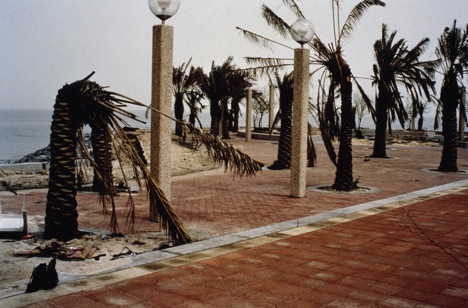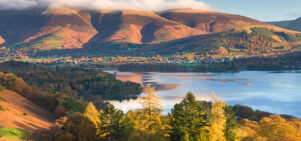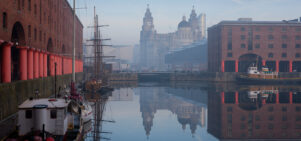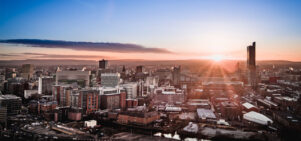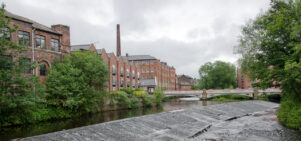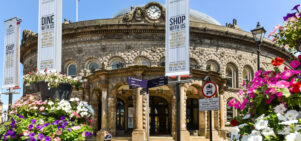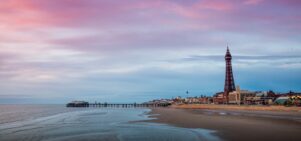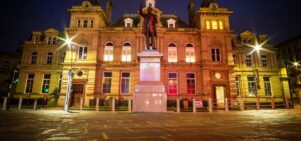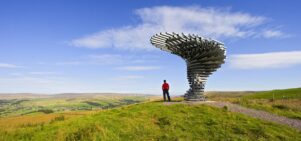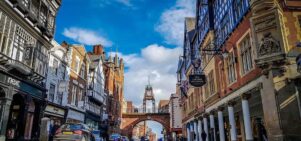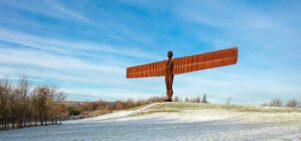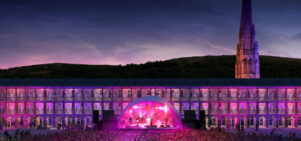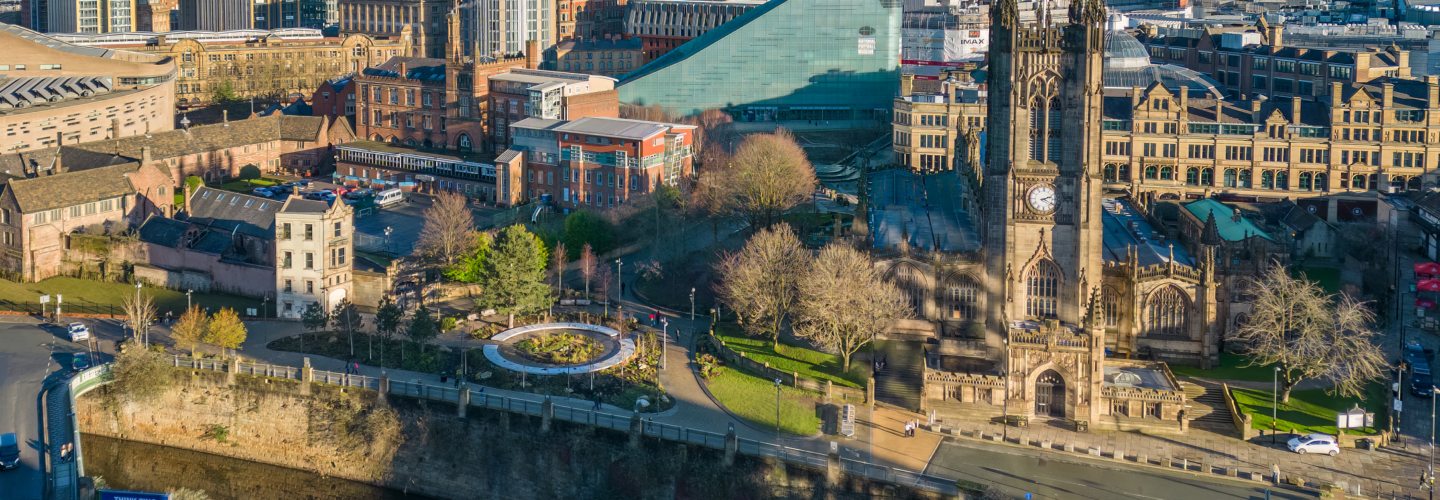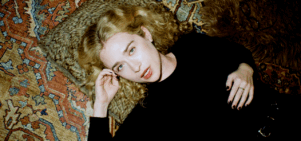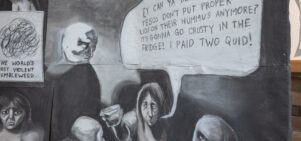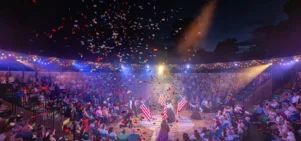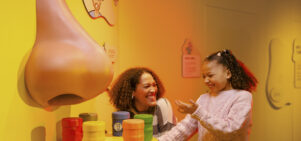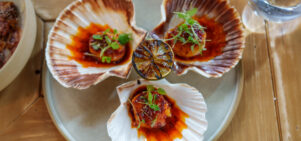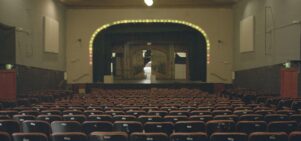It was like being parachuted onto the set of a war film.’
Matthew Hull
As his new photo show opens at Imperial War Museum North, Gulf War artist John Keane describes life behind the front line to Matthew Hull

‘It was just very unreal. There were sandbags, taped up windows, rows and rows of tanks,’ says John Keane of the Gulf War, who travelled to Saudi Arabia in 1990 charged with documenting the conflict on behalf of the Imperial War Museum.
As he followed coalition forces into Kuwait, the sense of unreality did not abate. Keane was confronted with, and photographed, the strange artefacts left in the wake of the Iraqi retreat: abandoned shopping trolleys loaded with artillery rockets; palm trees whose canopies had been bowed by heavy enemy fire.
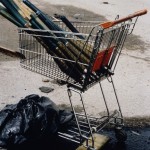 The Imperial War Museum has long sent artists behind enemy lines to act as the organisation’s ‘official recorders’ – Keane joins a roster of artists that includes Paul Nash, Stanley Spencer and Percy Wyndham Lewis. However, unlike these other, earlier war artists, Keane chose to take a camera rather than drawing materials with him. The images now on display in Manchester were actually intended in the first instance as a form of preliminary sketch. Later, the artist would synthesise a number of the visual elements of these photographs into his paintings, a method that ensured Keane could capture the breathtaking and horrifying moments in a conflict characterised by high-octane rolling news coverage.
The Imperial War Museum has long sent artists behind enemy lines to act as the organisation’s ‘official recorders’ – Keane joins a roster of artists that includes Paul Nash, Stanley Spencer and Percy Wyndham Lewis. However, unlike these other, earlier war artists, Keane chose to take a camera rather than drawing materials with him. The images now on display in Manchester were actually intended in the first instance as a form of preliminary sketch. Later, the artist would synthesise a number of the visual elements of these photographs into his paintings, a method that ensured Keane could capture the breathtaking and horrifying moments in a conflict characterised by high-octane rolling news coverage.
‘I’ve never been one for sketching and in this situation it definitely wasn’t suitable,’ he observes. ‘There was such a huge amount of information to be absorbed in such a short space of time. So much, in fact, that it was only on reflection that the images gained any real significance.
‘The photos were really a means to an end for me. They were just snapshots, so seeing them enlarged is something that, for me, is really interesting in itself.’
It is twenty years since the beginning of the Gulf War, but Keane’s photographs have a haunting new pertinence following the recent withdrawal of British troops from Iraq. For the artist himself, though, this is not evidence of history repeating itself but an indication, rather, that the situation that brought about the conflict has still not been resolved.
‘It was clear to me that the tensions which caused the first Gulf War weren’t going to just go away, there were just too many hanging issues,’ he says. ‘All the problems we see in the Middle East now? This was just the opening announcement of all of that.’
The Gulf War 1990 – 1991: Photographs by John Keane, Imperial War Museum North. Until 27 February 2011, 10am-5pm daily. Free. Images: all The Gulf War 1990-1991: photographs by John Keane, courtesy the artist/Imperial War Museum.
